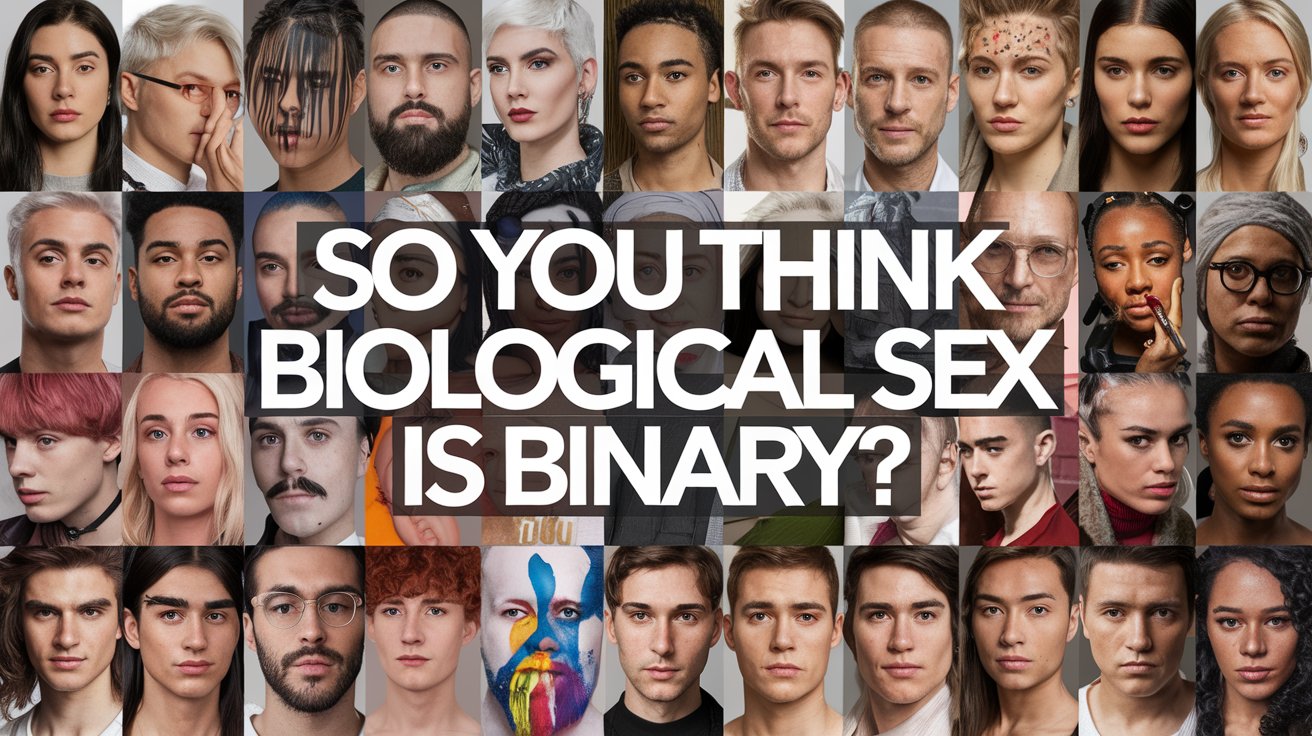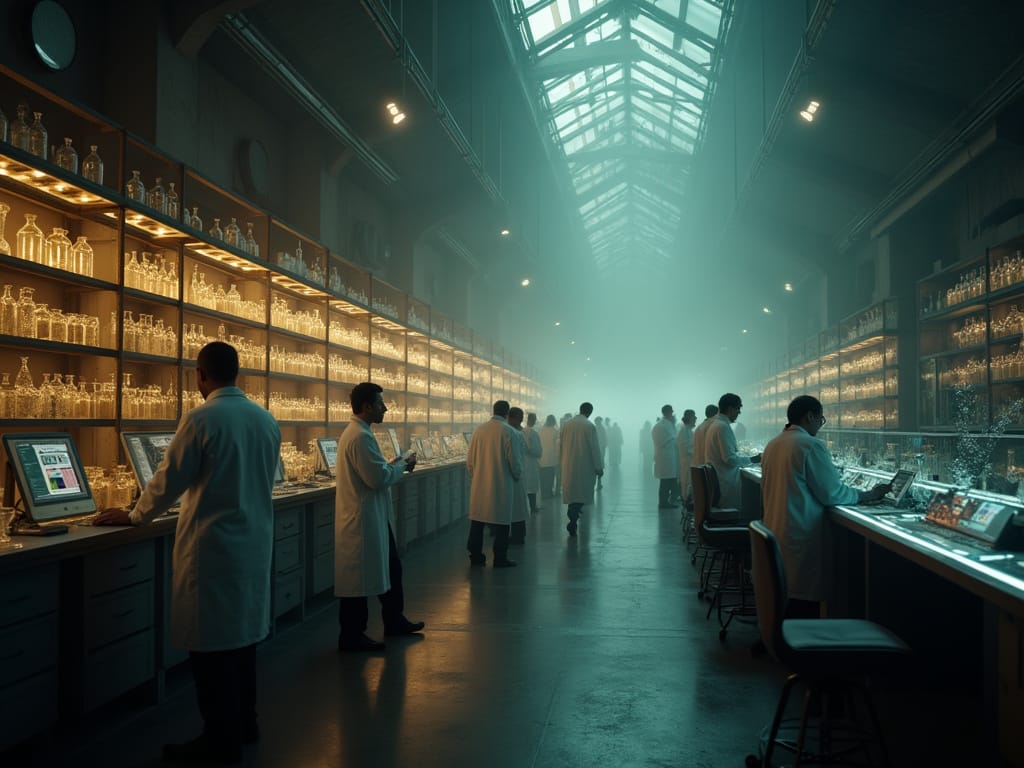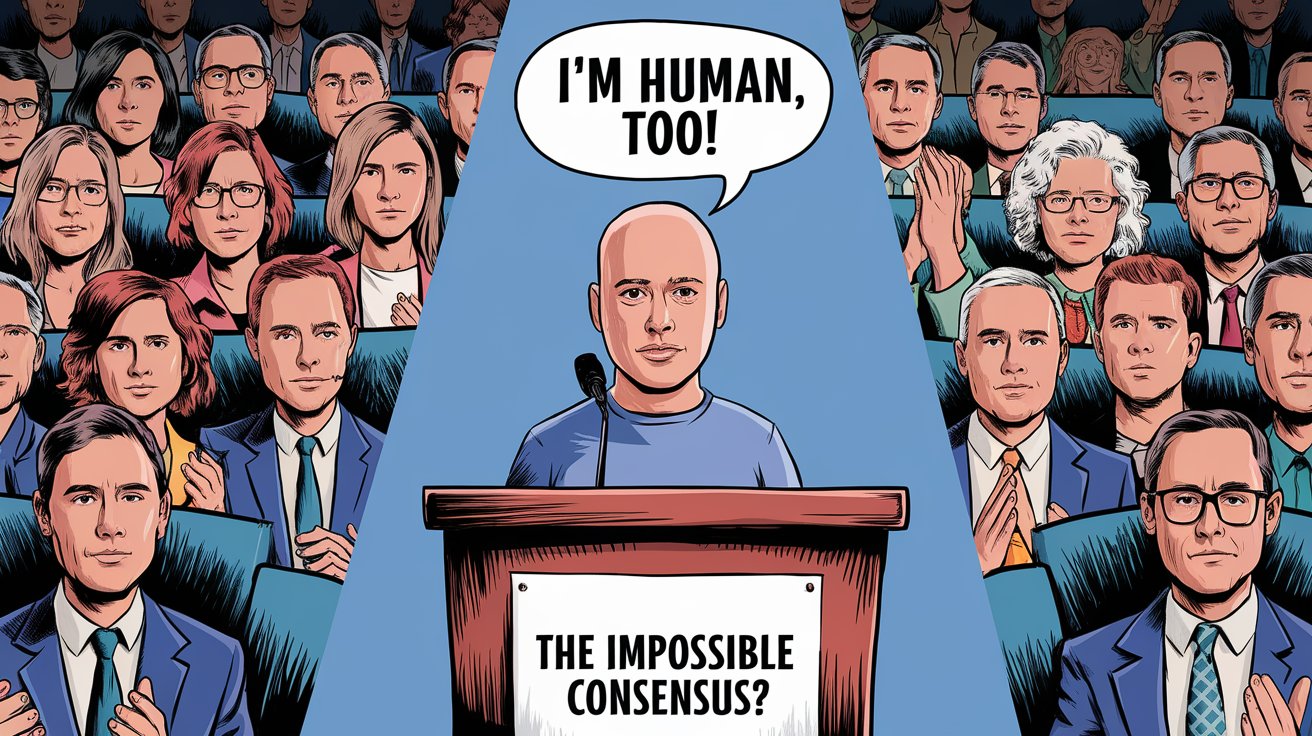In general, there is a common sense that says that sex is a biological fact and gender is a social construction. From this perspective, biological sex is linked to a set of pragmatic and indisputable characteristics, standardizable and factual.
Sex, therefore, is the presence of sexual chromosomes, sexual hormones, specific internal and external genitalia, gametes, etc. More than this, biological sex, which demarcates female and male, are linearities composed of this entire set.
Still within this premise, everything related to gender identity is a social construction. In other words, being a woman or a man is related to roles played socially and are part of the learning that constitutes what we call identity.
“However, this separation between gender and sex is not as clear and peaceful as it may seem.”
Firstly, because some biological elements participate in what we conceptualize as behaviors. Hormones, such as testosterone and estrogen, for example. On the other hand, both hormones are present in bodies that have been designated as male and female. But they are also loaded with meanings and notions of femininity and masculinity that overflow (and greatly) with measurable characteristics that are easily delimited in scientific models.
Biological Sex, gender is social?
In a recent volume of the renowned journal Cell Press , there is an intense debate about exactly what defines biological sex, highlighting how fragile it is to use the notion of “biological sex ” as a category within science.
Contrary to the most common social imaginary, there are many models that identify what is male and female. And it was only in the 19th century that there was a professionalization and specialization regarding studies on biological sex.
These models concern what characteristics and biological elements are being taken into account when we point to someone and say that they are male or female.
There are countless models that focus on genitalia, hormones, genes and chromosomes, and physical characteristics over the last two centuries. And one of the big issues that has been realized is that the more research is done and the more a simple definition of biological sex is sought, the less precise this category becomes.
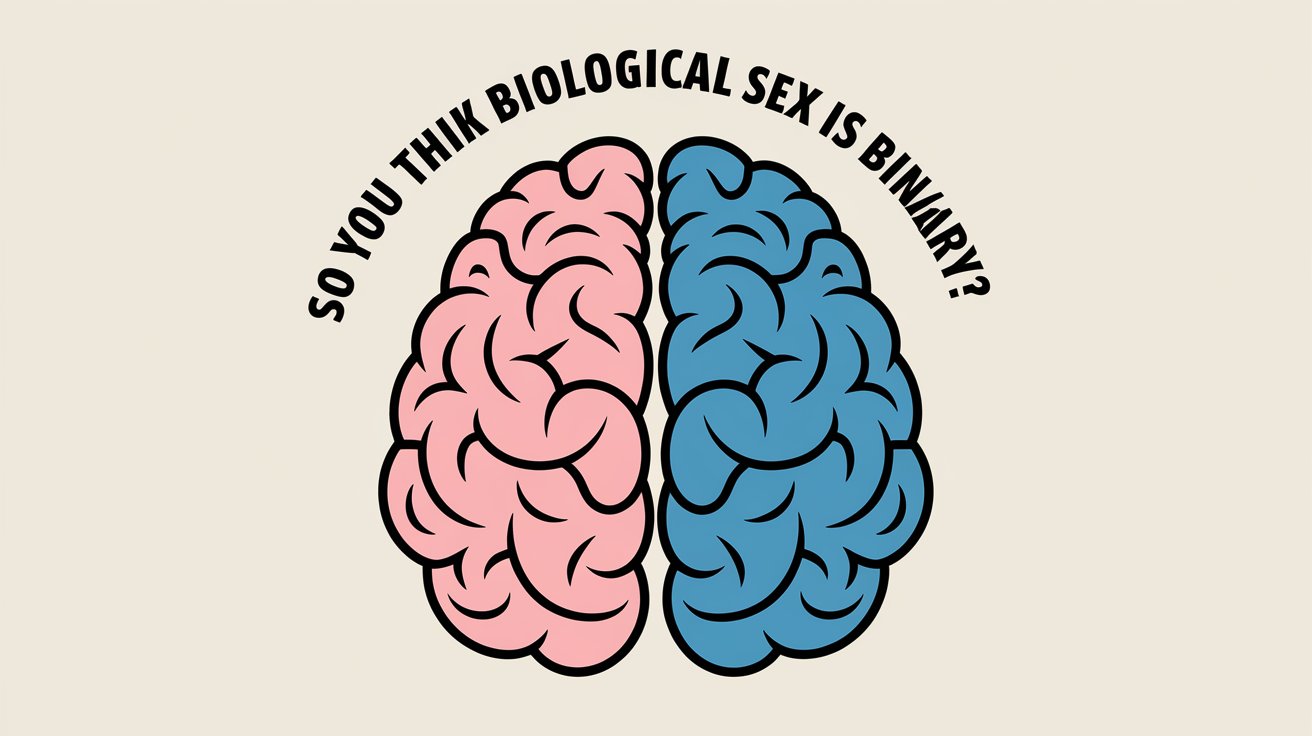
In other words, there are always exceptions to the rules of scientific studies. But in this search for simple and linear categorization, bodies that did not fit in, regardless of their quality and condition of autonomous, functional and independent life, were considered pathological.
There are scientists who, in a growing debate, have been discussing another possibility, which is gaining strength!
No, sex is not binary!
During our school studies in science and biology, we learn that the human body has sexual dimorphism. That is, the bodies of males and females are different. On the one hand, we understand the male body as one that has XY chromosomes, a penis, testicles, greater hair production, etc. On the other hand, we have the female body, which has ovaries, a uterus, a vagina and breasts. But is this binary classification sufficient to describe the human body?
In 1993, 21 years ago, an important study was published that already pointed out the inadequacy of the binary view of biological sex. Anne Fausto-Sterling, professor of Biology and Gender Studies in the Department of Cellular and Molecular Biology and Biochemistry at Brown University, has been a reference in studies in this area.
Sexual Binarism.
In her work entitled “The Five Sexes: Why Male and Female Are Not Enough,” Fausto-Sterling explains the existence of at least five sexes. To do this, she takes into account the diversity of genitalia and combinations of physical, physiological, genetic, and chromosomal characteristics. In history, we know of cases of XY people with feminine physical characteristics and cases of XX people with masculine characteristics. Her research was very important in demarcating and challenging the logic of sexual binarism.
What is defined as biological sex is not the mere existence of one or another genitalia, therefore. Thus, what defines a person’s sex involves several layers, with chromosomal characterization being just the first of them. Chromosomes will help in the formation of embryonic ovaries or testicles, but after that we have the action of fetal sex hormones, produced by the formed embryonic structure. In this step, fetal hormones will direct the development of the reproductive sex of that human being in formation. Which is completed around the fourth month of gestation.
It is important to highlight that the different layers of differentiation are not necessarily binary and may even be in conflict with each other. As if all the sexual complexity during embryonic formation were not enough. There is also the production of sexual hormones during puberty. Which will lead to the maturation of sexual organs. For these reasons, the existence of intersex people (whose physical and/or chromosomal characteristics do not conform to society’s male/female standard) is up for debate.
Dissident bodies and the imposed standard
According to UN research, between 0.05% and 1.7% of the world’s population would be intersex. Taking into account that the current world population is approximately 8.2 billion people. Around 41 million to 140 million people are intersex worldwide. To give you an idea, this number of people in the world is equivalent to approximately 70% of the entire. Brazilian population (203,080,756, IBGE census of 2022). If the number of intersex people is so high. We should not erase these people through gender binarism, imposing it as the only possibility.
Due to the lack of laws and public policies that defend intersex people. These people often end up undergoing sex reassignment surgeries. Such surgeries are supposedly a correction to conform to what is considered the standard and take into account the proximity to male or female genitalia. This type of procedure. In addition to being violent, is based on binary standardization, based on medical knowledge and social common sense. When these bodies dare to exist outside the imposed binary standard, we see dissident bodies emerge.
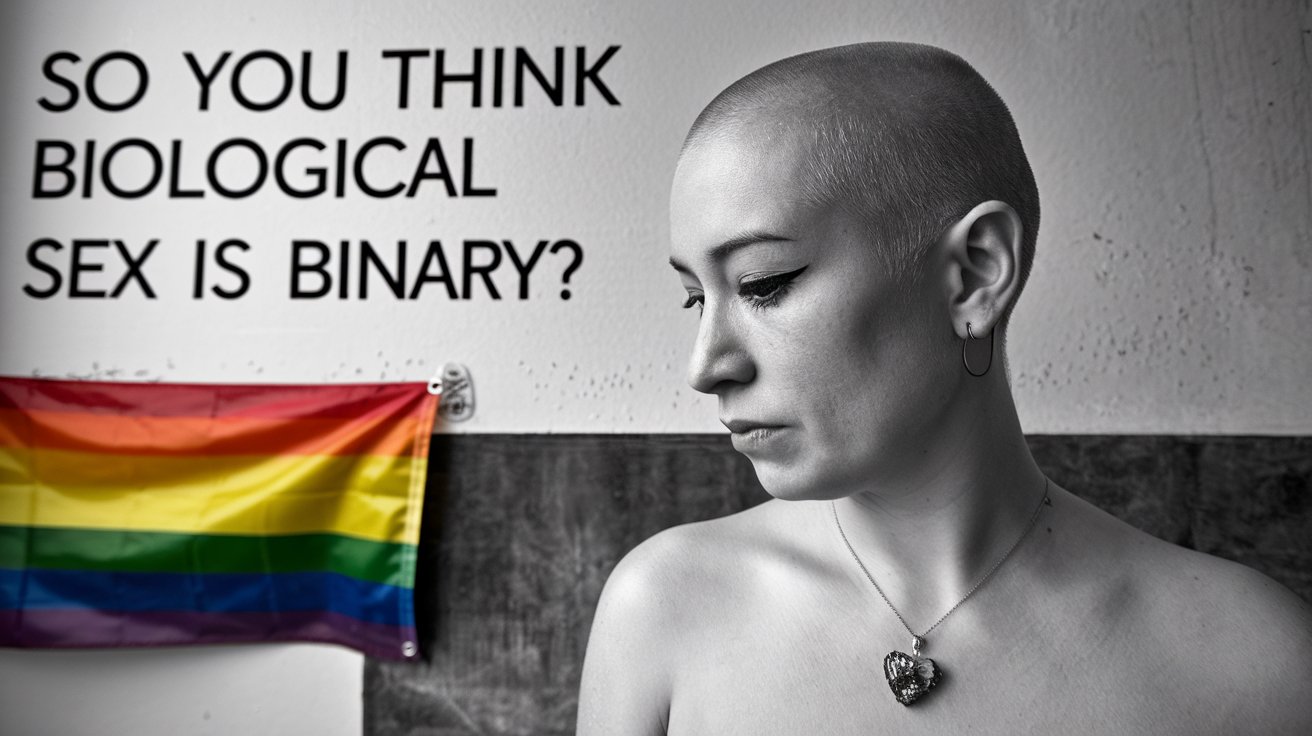
Trans people also have dissident bodies. Since the standard is for people to be cisgender (that is, they express themselves and behave within the gender standards assigned at birth. Taking into account their genitalia). In addition, transgenderism challenges what it means to be a man or a woman. Since they are people whose bodies are read as being of one gender. But are socially expressed as being of another. The experience and existence of bodies. That inhabit spaces previously dominated exclusively by cisgender people raises the issue of transphobia and the exclusion of people from these spaces.
Unfair advantages
What is considered an unfair advantage in a competition is the amount of testosterone – and only that amount. In relation to the bodies of cis and trans women. We will not dwell on this topic here, but simply make a provocation about. How much the idea of advantage is more about the constant legitimization of gender. Than actually one or another type of body having a supposed biological advantage.
Biology, apparently, can only be seen as an advantage and exalted if it is in the bodies of cisgender men.
Finishing
Unfortunately, this debate does not end in a simple way. The proposal to understand that dissident bodies exist and need to be recognized. As such is still moving slowly in our society – and in science.
However, we need to address these issues more frequently. Science as well as scientific dissemination, has (or should have) a role that enables people to live with more dignity and social rights, based on their studies.

